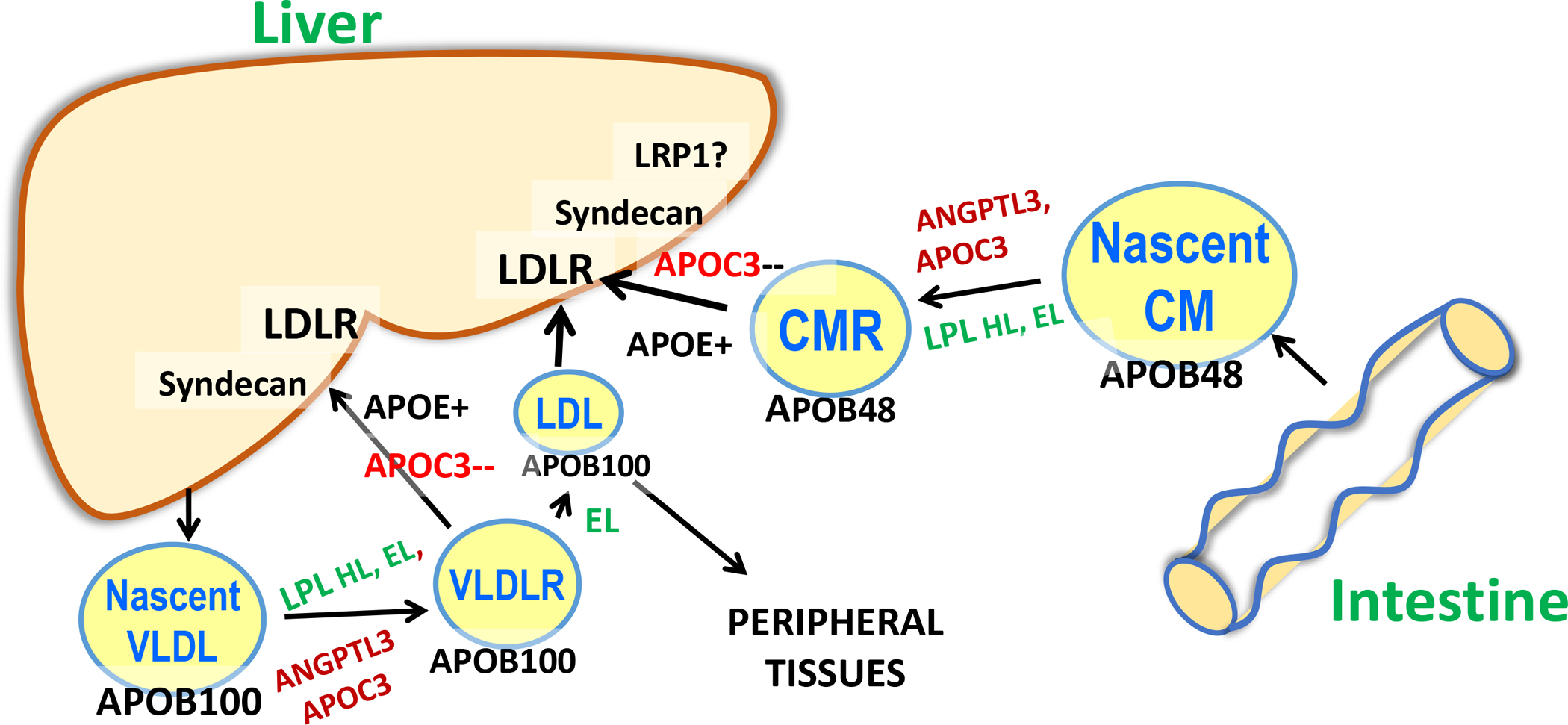Figure 2. Triglyceride-rich lipoprotein metabolism.

Although the initial lipolysis of TG in chylomicrons (CMs) and VLDL requires LPL, thereafter their metabolism diverges, as chylomicrons become smaller remnants (CMRs) that are removed by the liver via LDLR, syndecan, and possibly LRP1. In contrast, an average of 50% of circulating VLDL are converted to LDL rather than being removed by the liver. These two TG-rich lipoproteins also differ in that VLDL have a large form of APOB, APOB100, whereas the APOB in chylomicrons is only 48% of the total protein. Endothelial lipase (EL) is more active when ANGPTL3 is inactivated, and this enzyme along with hepatic lipase (HL) may remove lipid from smaller VLDL and CMRs. In addition, EL may play a role in generating remnants that can be taken up by the liver in the absence of LDL receptors.
